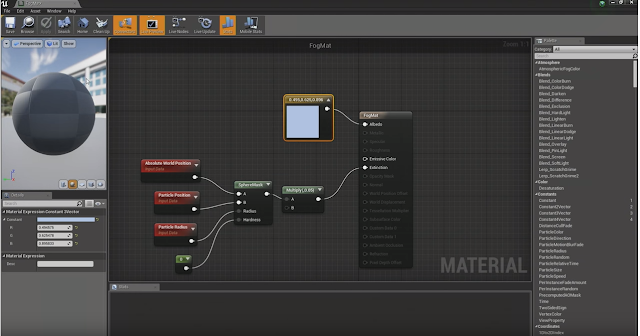Understanding Composition
Understanding composition is one of the most important things you can learn as an artist.
Arranging the elements in the scene for a visually pleasing and balanced result will not only dramatically improve your work but it also guides the viewer through the image to what's important. Correct visual communication is everything.
The 3 stages of Composition:
1. The focal element
The image needs an element which helps to draws the viewer in immediately, this is the main thing the view should be looking at. Having too many focus points is as equally bad. This rendering from the Artist Sparth is an excellent example of Saturation and contrast.

Other examples can include objects in motion, faces, and figures, guiding lines, framing, vignette and geometric shapes.
2. Structure
The organization and arrangement of objects in the scene based upon a set of rules providing order and balance.
a. The Rule of thirds is easy to use and any focus objects should be placed around one of the four circle areas. This is used by almost all photographers, movies and TV shows.

b. The golden ratio is a mathematical ratio which is found in almost everything in our world. In mathematics, two quantities are in the golden ratio if their ratio is the same as the ratio of their sum to the larger of the two quantities.

It can be applied to the Macro and the Micro.

c. Pyramid or pyramidal composition is when an artist places objects and figures within the outline of an imaginary triangle or pyramid on the picture plane. This is usually used with portrait paintings or photos.

d. Asymmetrical composition is balanced and has an overall equality of Size, Shape, Line, Line Direction, Texture, Value, and Color. It is capable of division into equal parts. Asymmetrical composition uses the Elements by repeating them and is therefore of minimum contrast. Stanley Kubrick and Wes Anderson use symmetrical composition in almost all of their films.

e. Full Frame doesn't have anything else in the shot apart from the subject. No rules or guidelines to follow just an extreme close up.

3. Balance



